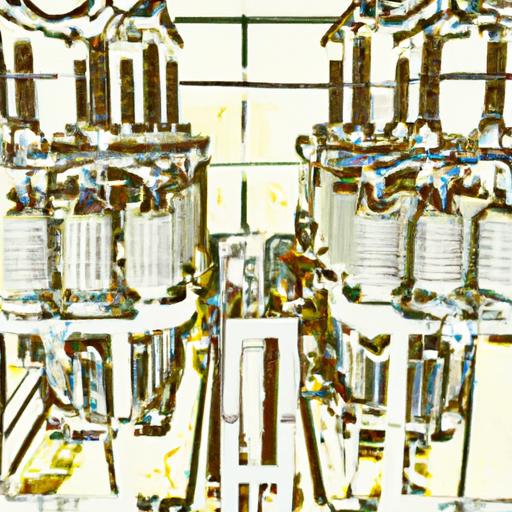Exploring the Different Types of Distribution transformer Vector Groups and Their Applications
Distribution transformers are an essential component of the electrical power system, providing a means of stepping down the voltage from the transmission system to the level used by consumers. The vector group of a transformer is an important factor in determining its performance and suitability for a particular application. This article will provide an overview of the different types of Distribution transformer vector groups and their applications.
The vector group of a transformer is a combination of the phase and polarity of the primary and secondary windings. It is represented by a three-letter code, such as Yyn0, which indicates the phase and polarity of the primary and secondary windings. The first letter indicates the phase of the primary winding, the second letter indicates the phase of the secondary winding, and the third letter indicates the polarity of the secondary winding.
The most common type of Distribution transformer vector group is the Yyn0, which is a three-phase transformer with a delta-connected primary winding and a star-connected secondary winding. This type of transformer is used in many applications, including residential and commercial power distribution, industrial power distribution, and power generation.
The Yd11 vector group is a three-phase transformer with a delta-connected primary winding and a delta-connected secondary winding. This type of transformer is used in applications where a higher voltage is required, such as in industrial power distribution.
The Yz11 vector group is a three-phase transformer with a star-connected primary winding and a delta-connected secondary winding. This type of transformer is used in applications where a lower voltage is required, such as in residential and commercial power distribution.
The Yz0 vector group is a three-phase transformer with a star-connected primary winding and a star-connected secondary winding. This type of transformer is used in applications where a balanced voltage is required, such as in power generation.
The Yd5 vector group is a three-phase transformer with a delta-connected primary winding and a star-connected secondary winding. This type of transformer is used in applications where a higher voltage is required, such as in industrial power distribution.
The Yz5 vector group is a three-phase transformer with a star-connected primary winding and a star-connected secondary winding. This type of transformer is used in applications where a balanced voltage is required, such as in power generation.
In conclusion, there are several different types of Distribution transformer vector groups, each with its own unique characteristics and applications. Understanding the different types of vector groups and their applications is essential for selecting the right transformer for a particular application.
Understanding the Benefits of Using Distribution transformer Vector Groups in Power Distribution Systems
Distribution transformers are essential components of power distribution systems, as they are used to step down the voltage from the transmission system to the level used by consumers. Vector groups are an important factor in the design of Distribution transformers, as they determine the phase shift between the primary and secondary windings. Understanding the benefits of using different vector groups in power distribution systems is essential for ensuring efficient and reliable operation.
Vector groups are defined by the relative phase shift between the primary and secondary windings of a transformer. The most common vector groups used in power distribution systems are Dyn11, YNd11, YNd1, and YNd5. Each of these vector groups has its own advantages and disadvantages, and the choice of vector group depends on the specific application.
The Dyn11 vector group is the most commonly used in power distribution systems, as it provides a low phase shift between the primary and secondary windings. This vector group is ideal for applications where the load is balanced and the phase shift is not critical. The YNd11 vector group is also commonly used in power distribution systems, as it provides a higher phase shift than the Dyn11 vector group. This vector group is ideal for applications where the load is unbalanced and the phase shift is critical.
The YNd1 and YNd5 vector groups are less commonly used in power distribution systems, as they provide a higher phase shift than the Dyn11 and YNd11 vector groups. These vector groups are ideal for applications where the load is unbalanced and the phase shift is critical.
Using the appropriate vector group in power distribution systems can provide several benefits. First, it can reduce the amount of current flowing through the transformer, which can reduce losses and improve efficiency. Second, it can reduce the amount of voltage drop across the transformer, which can improve the reliability of the system. Finally, it can reduce the amount of harmonic distortion in the system, which can improve the quality of the power supply.
In conclusion, understanding the benefits of using different vector groups in power distribution systems is essential for ensuring efficient and reliable operation. Each vector group has its own advantages and disadvantages, and the choice of vector group depends on the specific application. By selecting the appropriate vector group, power distribution systems can benefit from reduced losses, improved reliability, and improved power quality.

